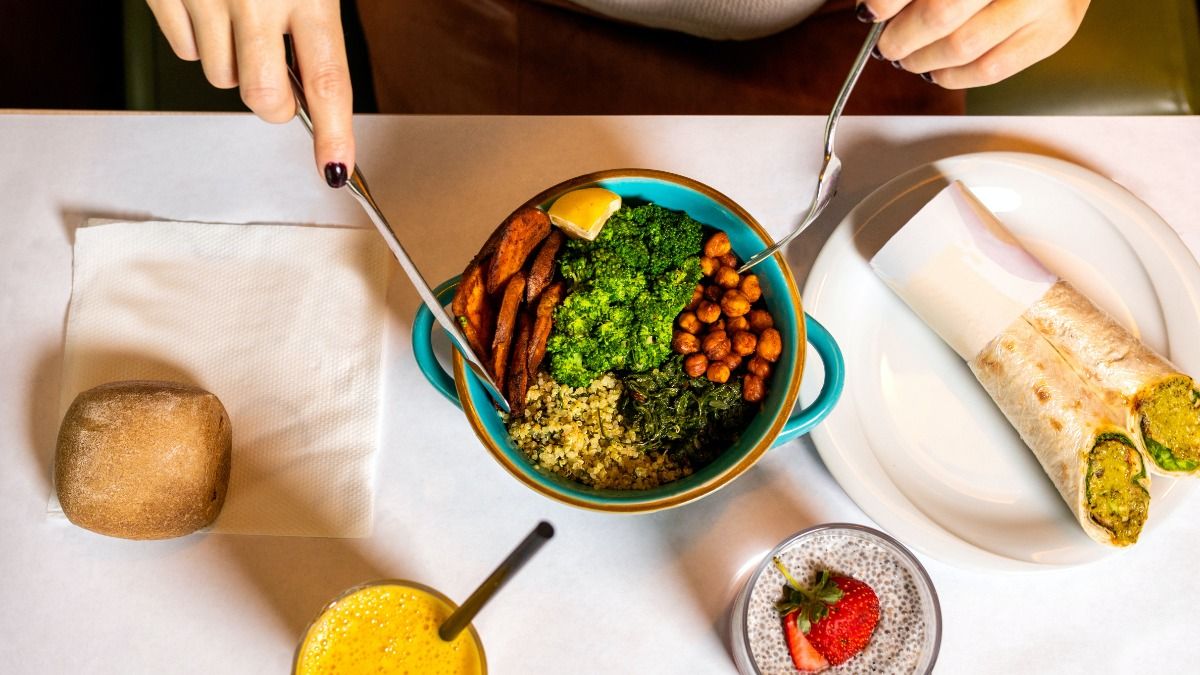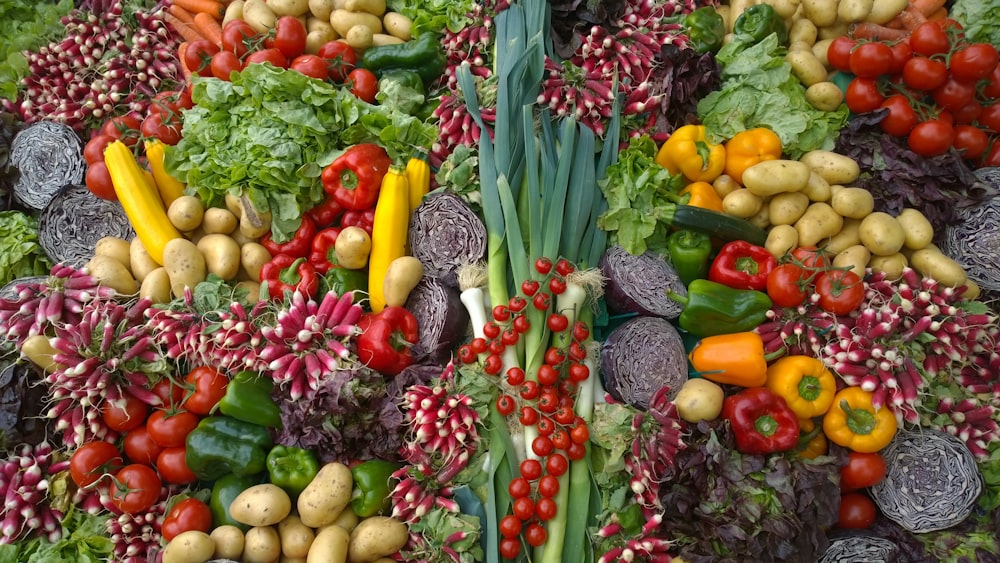
The paleo diet sometimes referred to as “the caveman diet” imitates what our ancestors, the hunter-gatherers, ate. The idea behind eating paleo is that the Western diet has introduced foods that are contributing to the explosion of chronic diseases like cancer, obesity, diabetes, autoimmune disorders, and cardiovascular diseases.
At its core, the paleo diet takes us back to our roots, where paleolithic humans ate natural, whole foods. The diet was and still is nutrient-dense. As such, eating paleo helps maintain good health by boosting energy levels, stabilizing blood sugar, and enhancing workouts. Additionally, paleo minimizes the risk of many chronic illnesses and reduces inflammation in the body.
Because our ancestors’ diets were not the same due to different geographical locations, you may need an individualized approach to the paleo diet to benefit from it.
The Science Behind Why Paleo Works
Research from Dr. Loren Cordain, a professor in the Health and Exercise Science Department at Colorado State University, reveals that genetically, the human genome has changed less than 0.02 per cent in 40,000 years.
What this means is that nature decided what our bodies required way back during the paleolithic period that spanned between 2.5 million years to 10,000 years ago. That is before people began raising livestock, farming, or even processing foods. Therefore, our genes already have a blueprint for what we need to remain healthy, which is paleo foods.

How Paleo Stacks Up with Similar Diets Like Atkins
The premise behind the Atkins diet is that too many refined carbs lead to cardiovascular issues, blood sugar imbalances, and weight gain. For that reason, the Atkins diet controls the intake of sugary carbohydrates and favours fats, proteins, fruits, and vegetables.
Paleo and Atkins are similar in that they both encourage whole foods, proteins, healthy fats, fruits, and vegetables. However, these diets are still vastly different from each other. Paleo is based on what the paleolithic humans ate; thus, it completely does away with simple carbohydrates. On the other hand, Atkins is less restrictive as you can reintroduce carbs later on.
Paleo-Friendly Foods
As with most specific diets, paleo has restrictions and guidelines on what you can and can’t eat. Some of the foods you’re allowed to eat on the paleo diet include:
- Eggs
- Seafood – Salmon, cod, tuna, shrimp, trout
- Grass-fed meat – Beef, chicken, turkey, pork, lamb
- Fresh vegetables – Cabbage, cauliflower, spinach, sweet potatoes, broccoli, butternut squash, brussels sprouts
- Fresh fruits – Berries, bananas, apples, grapes, plums, citrus fruits, peaches, melons
- Seeds and nuts – Walnuts, almonds, pistachios, cashews, hazelnuts, macadamia nuts, flax seeds, pumpkin seeds, chia seeds, sunflower seeds
- Healthy oils – Coconut, olive, walnut, macadamia, flaxseed, avocado
Foods to Avoid on the Paleo Diet
Below are some of the restricted foods to avoid while on paleo:
- Trans fats
- Potatoes
- Processed foods
- Artificial sweeteners
- Dairy – Milk, yogurt, cheese
- Grains – Barley, pastas, breads, rye, wheat
- Legumes – Lentils, beans
- High-fructose corn syrup and sugar – Ice cream, soft drinks, candy, table sugar, pastries, fruit juices
- Certain vegetable oils – corn oil, safflower oil, soybean oil, cottonseed oil
To avoid the ingredients above, it’s important to read the ingredients lists on all packaged foods, even those labelled as healthy. Also, steer clear of anything that’s factory-made.

Typical Breakfast, Lunch, Dinner, and Snack on Paleo:
Are you new to paleo? Here’s a sample menu to give you an idea of what eating paleo meals look like:
Breakfast: Bacon and spinach with strawberries on the side
Lunch: Chicken breast with asparagus and roasted sweet potato
Dinner: Pork chops with sauteed apples and brussels sprouts
Snack: Blackberry chia and cashew butter pudding
Benefits of Trying the Paleo Diet
Paleo is synonymous with clean eating. This diet doesn’t have anything to do with chemicals, additives, or preservatives. As a result, below are some of the incredible benefits and perks of going paleo:
- Healthier hair and clearer skin
- Reduced allergies
- Mental clarity
- A higher intake of red meat enables you to get more iron
- Improved sleep
- Enhanced immune function
- Gut friendly because of high-fiber foods
- Boost in mood
- Aids in losing belly fat

How Long Will It Take Before You See Paleo Benefits?
Weight loss typically begins after 7 days and gradually continues until you’re happy with the results. That said, it could take longer to lose weight if your portion sizes or calorie intake are more than your energy expenditure. Portion control is a significant factor in weight loss.
There are many benefits of the paleo diet that have nothing to do with your weight. Many people on the paleo diet report better sleep and increased energy levels during their first week on this diet. Improvements in gut health and digestion can take between 2 weeks to a couple of months, depending on the person.
Should You Go Paleo?
If you’re looking to lose weight, paleo aids this goal by helping you feel fuller and therefore craving snacks less often. That’s because this diet is rich in fibre-heavy foods, healthy fats, and lean protein. Additionally, you may be a good candidate for paleo if you’re at high risk for diabetes or heart diseases.
The paleo diet might also be recommended for those with autoimmune diseases or food intolerances. If you react badly to lactose or gluten, paleo eliminates both from your diet by removing dairy and grains.
The Importance of Finding Out What Type of Diet is Right for You
With so many diets to choose from, it can be confusing figuring out which one will work best for you. The ideal diet which will work for you is the one you can actually stick to, suits your lifestyle, and accommodates your genetic food sensitivities.
A healthy diet should definitely mesh with your lifestyle. To that end, assess the tenets of the diet to ensure you can afford it. What’s equally important is that the diet plan should include foods you enjoy and know how to prepare. If not, you’ll end up ditching the diet sooner rather than later.
Because of genetic factors, everyone will get different results with different diets. There is no one-size-fits-all diet that works for everyone. Each individual has their unique needs.
For example, some people are genetically more sensitive to carbs, or have genetic lactose intolerance. A great way of finding out what your body requires, diet and nutrition-wise, is through a CircleDNA test. The DNA test provides you with diet and nutrition reports based on your genetics, including information that is essential in matching you with the perfect diet.
Finally, if you’ve decided you want to give paleo a try, it’s important to remember that the ideal ratio of carbs, fats, and proteins often varies from person to person. So before implementing the plan, discuss with your doctor about your genetic nutrition profile to make sure paleo is right for you. It may turn out that a different diet (such as the Mediterranean diet) is better suited for you. Again, each individual will respond very differently to different diets, because of their genetics.





